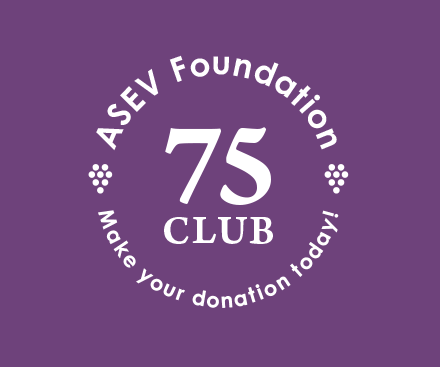Abstract
The interaction of oxygen, sulfur dioxide, and 4-methylcatechol (4-MeC) was studied in a model wine containing catalytic concentrations of iron and copper in order to provide further evidence that when a catechol and oxygen interact, hydrogen peroxide and a quinone are formed, both of which react with SO2. The aerial oxidation of the catechol in the presence of benzenesulfinic acid (BSA) slowly produced the BSA-quinone adduct in high yield. It was also quickly prepared by adding ferric chloride, demonstrating that the quinone is cleanly produced in this model wine and that the catechol is rapidly oxidized by Fe(III) ions. This reaction is important in the catalytic function of the metal. The oxygen and SO2 molar reaction ratio was 1:2, which is consistent with one mole equivalent of SO2 reacting with hydrogen peroxide and a second with the quinone. When BSA was added to the system to trap the quinone the ratio was reduced to 1:1. The rate of reaction of oxygen and SO2 increased with catechol concentration. However, the rate of reaction of oxygen was also markedly accelerated by SO2 and by BSA, and it is proposed that substances that react with quinones accelerate catechol autoxidation. When 4-MeC was oxidized in the presence of SO2, ~38% of the quinone that was formed reacted with bisulfite to produce the sulfonic acid adduct and most of the remainder was reduced back to the catechol. The O2/SO2 molar reaction ratio in two red wines was 1:~1.7, suggesting that some nucleophilic substances may be competing with bisulfite for quinones. The rate of reaction of oxygen was also accelerated by SO2 in red wine.
- Received August 2007.
- Revision received December 2007.
- Copyright © 2008 by the American Society for Enology and Viticulture
Sign in for ASEV members
ASEV Members, please sign in at ASEV to access the journal online.
Sign in for Institutional and Non-member Subscribers
Log in using your username and password
Pay Per Article - You may access this article (from the computer you are currently using) for 2 day for US$10.00
Regain Access - You can regain access to a recent Pay per Article purchase if your access period has not yet expired.









